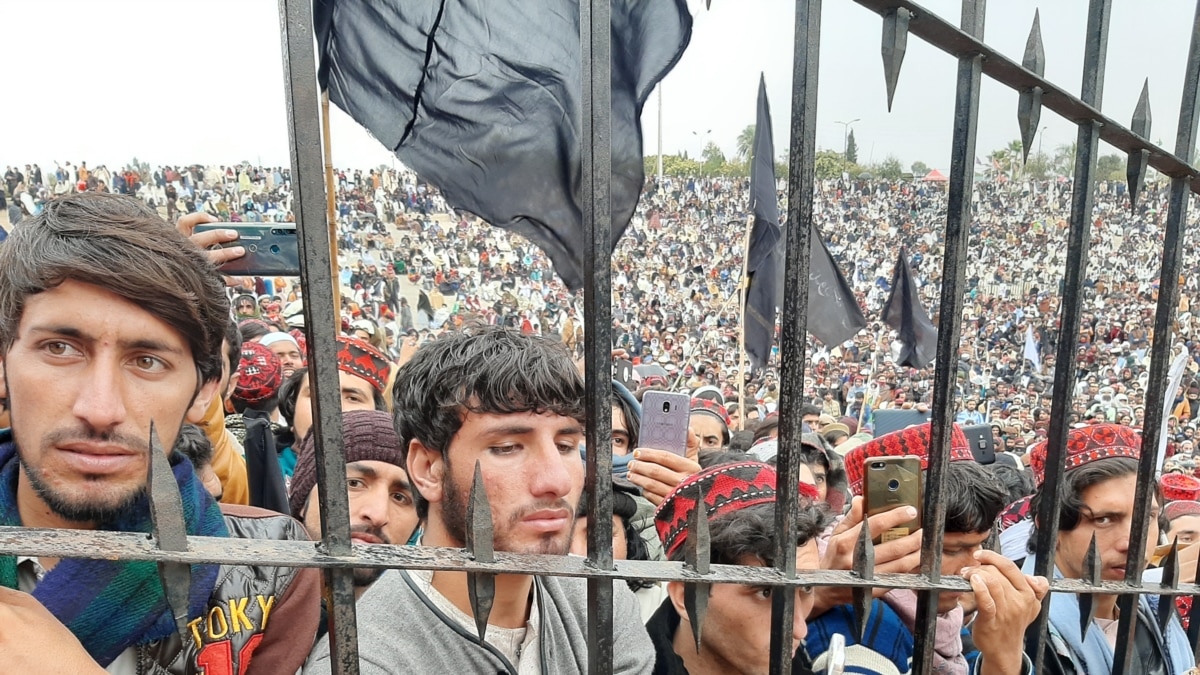
Image credit:mashaalradio,com (rfe/rl)
by Asia Maqsood 28 November 2022
The Federally Administered Tribal Areas (FATA) of Pakistan has remained as a hub of militants. FATA became a refuge for jihadists of all bands after 9/11, which became a great concern for Pakistan. Although recent Pakistani military operations have driven the militants/Taliban out of the majority of the FATA territories and brought some measure of peace to the area.
Bringing FATA under the judicial and governmental control of the rest of Pakistan is widely accepted in Pakistan as the only long-term solution to the region’s issues which was thought to be unachievable. Historically, there is debate over the integration of Fata, after considering all of the options, a government-appointed committee has recommended the merger of FATA with the neighboring province of Khyber Pakhtunkhwa, which is dominated by Pashtuns, along with a significant reform package. This option appears to be the most workable and is also supported by the majority of political parties.
Eventually, The FATA population will receive fundamental legal and human rights guaranteed by the Pakistani constitution as part of the reforms being proposed, in addition to substantial support for social and economic development aimed at eradicating the region’s residents’ low living standards. Despite strong public support for the reform package, merger of FATA is anticipated to be a protracted and challenging process with numerous obstacles to be overcome. However, with the help of its military establishment and political power, Pakistan has successfully integrated FATA into the rest of the country.
If we look at the history of FATA, it was a semi-autonomous territory governed by the Pakhtunwali from 1947. In 2018, the Provincial Assembly of KPK and the Parliament of Pakistan approved the Twenty-Fifth Amendment to the Constitution of Pakistan, merging it with the neighboring province of Khyber Pakhtunkhwa.
It consisted of seven tribal agencies namely Bajaur Agency,Mohmand Agency,Khyber Agency, Orakzai Agency,Kurram Agency,North Waziristan Agency,South Waziristan Agency and six Frontier Regions namely Frontier Region Bannu, Frontier Region Dera Ismail Khan, Frontier Region Kohat, Frontier Region Lakki Marwat, Frontier Region Peshawar, Frontier Region Tank.
Furthermore, during the time when British colonists lived on the subcontinent, the British were never able to fully controlled the area, it (FATA) did act as a buffer against upheaval in Afghanistan. The Frontier Crimes Regulations (FCR), which gave local leaders along the North-West Frontier significant levels of power as part of the process of direct rule, were an attempt by the British Raj to manage the populace of the annexed tribal districts.
Recent history has shown, A few years ago, discussions with retired Pakistani generals during Track II meetings showed the army’s belief that FATA as a whole needed a new, mainstream civilian setup and speedy development work to stop any additional militancy in the area. This action by Pakistan’s political and military establishment is excellent in limiting the dominant position of maliks, or tribal elders who are increasingly dependent on terrorists for their safety.
This step not only significant to deal the law and order situation of FATA but also address the structural factors causing the disturbances in the area.
The vast majority of people who live in FATA are pleased with the decision and want to see positive improvements occur there. This mainstreaming will advance FATA’s administrative and physical infrastructure while also allowing for the growth of new businesses, improved communications, more development, and beneficial social developments.
Because they were unhappy with the previous FCR system or the political agent’s autocratic powers, the majority of young people in the ex-Fata districts tended to support the merger process.
